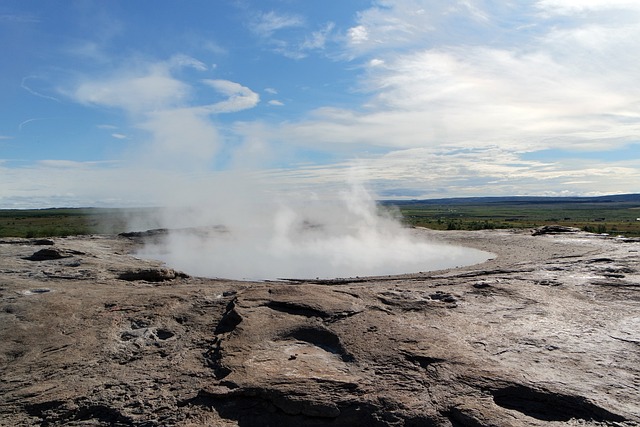Hot compresses offer a simple, effective way to ease chest congestion by relaxing respiratory muscles, increasing blood flow, and reducing inflammation. Apply a warm towel or heating pad below the neck for 15-20 minutes to loosen mucus, improve breathing, and promote tissue oxygenation. However, use caution with heat sources, consulting healthcare providers for conditions like Raynaud's disease, and start with low heat.
“Unwind and breathe easily with our guide on relaxing respiratory muscles using heat applications. Chest congestion can significantly impact your breathing, but understanding its effects is the first step towards relief. This article delves into the science behind heat therapy and its powerful role in easing respiratory muscle tension.
From exploring chest congestion’s impact to providing practical tips on applying hot compresses, we offer a comprehensive solution for finding comfort. Discover the benefits and learn essential precautions to ensure safe and effective relief from chest congestion using this natural remedy.”
Understanding Chest Congestion and Its Impact on Respiratory Muscles
Chest congestion, a common issue often associated with respiratory conditions like colds, flu, or asthma, can significantly impact the relaxation and function of respiratory muscles. When the chest area becomes congested, the respiratory system faces challenges in expanding and contracting efficiently during breathing. This congestion results from inflamed and swollen airways, which can lead to discomfort and difficulty breathing. Applying heat therapy, such as a hot compress for chest congestion, has been found to offer relief by reducing muscle tension and promoting relaxation.
The heat from a hot compress helps to ease the tightness in the respiratory muscles, allowing them to loosen and function more freely. This simple yet effective method can make breathing easier and alleviate symptoms associated with chest congestion. By improving blood circulation in the affected area, heat applications also aid in reducing inflammation, providing a soothing effect that contributes to overall respiratory comfort.
The Role of Heat in Relaxing Respiratory Muscles
Heat plays a crucial role in relaxing respiratory muscles, which is particularly beneficial for individuals dealing with chest congestion. When applied topically to the chest area, hot compresses can help alleviate discomfort and ease breathing by promoting muscle relaxation. The heat increases blood flow, allowing for better oxygenation of the tissues, while also reducing inflammation and tightening bronchial passages, making it easier to breathe.
This therapeutic approach is particularly effective as a non-invasive method to support respiratory health. By applying warmth, individuals can find relief from symptoms associated with colds, flu, or even chronic respiratory conditions. The soothing effect of heat encourages the muscles around the lungs and airways to unwind, fostering a deeper and more comfortable breath.
Applying Hot Compresses for Effective Relief
Applying hot compresses is a simple yet effective remedy for relaxing respiratory muscles and providing relief from chest congestion. By increasing blood flow to the affected areas, heat can help loosen mucus buildup and ease breathing. A hot compress for chest congestion can be as easy as using a warm, damp towel or a heating pad set on a low setting.
Place the hot compress over the chest area, just below the neck, for about 15-20 minutes at a time. The heat should be tolerable, not scalding, to avoid burns. This method is particularly beneficial before bed to help loosen congestion during sleep and improve overall respiratory comfort.
Benefits and Precautions: Using Heat for Chest Congestion Relief
Using heat applications, such as hot compresses, can offer significant relief from chest congestion. The warmth helps to relax and open up the respiratory muscles, allowing for easier breathing. This is particularly beneficial during colds, flu, or other respiratory conditions that cause inflammation and narrowing of the airways. By increasing blood flow in the affected area, heat can also accelerate the healing process.
However, it’s essential to exercise caution when applying heat for chest congestion relief. Direct heat on sensitive areas like the chest can potentially cause burns or further irritation. It’s crucial to use a cloth or protective layer between the heat source and skin. Additionally, individuals with certain medical conditions, such as Raynaud’s disease or poor circulation, should avoid hot compresses without consulting their healthcare provider first. Always start with low-level heat and increase gradually if tolerated.
Relaxing respiratory muscles with heat applications offers a promising relief method for chest congestion. By understanding the impact of chest congestion on these muscles and leveraging the power of heat, individuals can effectively manage symptoms. Hot compresses prove to be a simple yet powerful tool, providing both immediate comfort and long-term benefits. Always remember to use heat strategically, considering the associated benefits and precautions, especially when seeking relief from chest congestion using hot compresses.
